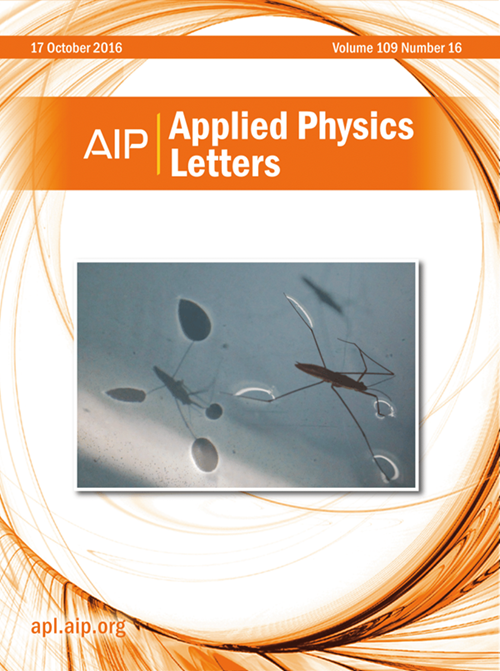Dead-zone-free single-beam atomic magnetometer based on free-induction-decay of Rb atoms
IF 3.5
2区 物理与天体物理
Q2 PHYSICS, APPLIED
引用次数: 0
Abstract
Free-induction-decay (FID) magnetometers have evolved as simple magnetic sensors for sensitive detection of unknown magnetic fields. However, these magnetometers suffer from a fundamental problem known as a “dead zone,” making them insensitive to certain magnetic field directions. Here, we demonstrate a simple experimental scheme for the dead-zone-free operation of a FID atomic magnetometer. Using a single laser beam containing equal strength of linear- and circular-polarization components and amplitude modulation at a low-duty cycle, we have synchronously pumped the rubidium (87Rb) atoms with both first- and second-order frequency harmonics. Such a pumping scheme has enabled us to observe the free Larmor precession of atomic spins at a frequency of ΩL (orientation) and/or 2ΩL (alignment) in a single FID signal, depending on the direction of the external magnetic field. We observed that the amplitude of the FID signal does not go to zero for any magnetic field direction, proving the absence of dead zones in the magnetometer. The magnetometer has a sensitivity in the range of 3.2–8.4 pT/Hz in all directions. Our experimental scheme can be crucial in developing miniaturized atomic magnetometers for various practical applications, including geomagnetic applications.基于铷原子自由感应衰变的无死区单束原子磁强计
本文章由计算机程序翻译,如有差异,请以英文原文为准。
求助全文
约1分钟内获得全文
求助全文
来源期刊

Applied Physics Letters
物理-物理:应用
CiteScore
6.40
自引率
10.00%
发文量
1821
审稿时长
1.6 months
期刊介绍:
Applied Physics Letters (APL) features concise, up-to-date reports on significant new findings in applied physics. Emphasizing rapid dissemination of key data and new physical insights, APL offers prompt publication of new experimental and theoretical papers reporting applications of physics phenomena to all branches of science, engineering, and modern technology.
In addition to regular articles, the journal also publishes invited Fast Track, Perspectives, and in-depth Editorials which report on cutting-edge areas in applied physics.
APL Perspectives are forward-looking invited letters which highlight recent developments or discoveries. Emphasis is placed on very recent developments, potentially disruptive technologies, open questions and possible solutions. They also include a mini-roadmap detailing where the community should direct efforts in order for the phenomena to be viable for application and the challenges associated with meeting that performance threshold. Perspectives are characterized by personal viewpoints and opinions of recognized experts in the field.
Fast Track articles are invited original research articles that report results that are particularly novel and important or provide a significant advancement in an emerging field. Because of the urgency and scientific importance of the work, the peer review process is accelerated. If, during the review process, it becomes apparent that the paper does not meet the Fast Track criterion, it is returned to a normal track.
 求助内容:
求助内容: 应助结果提醒方式:
应助结果提醒方式:


